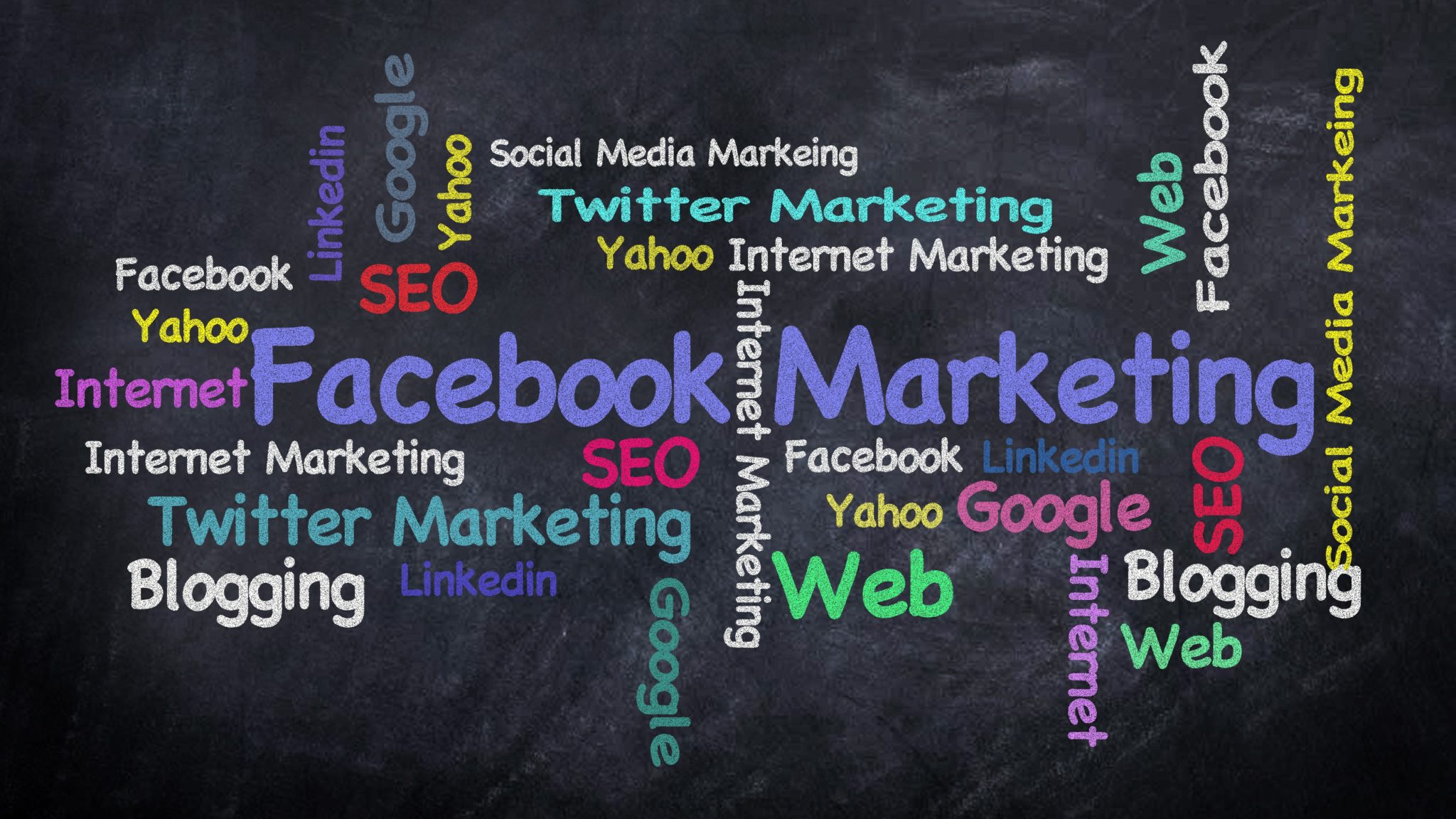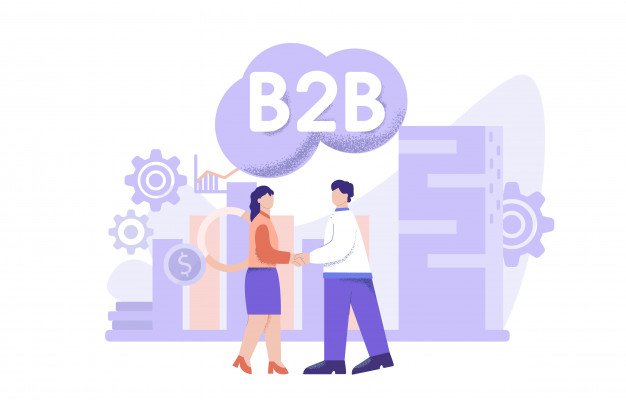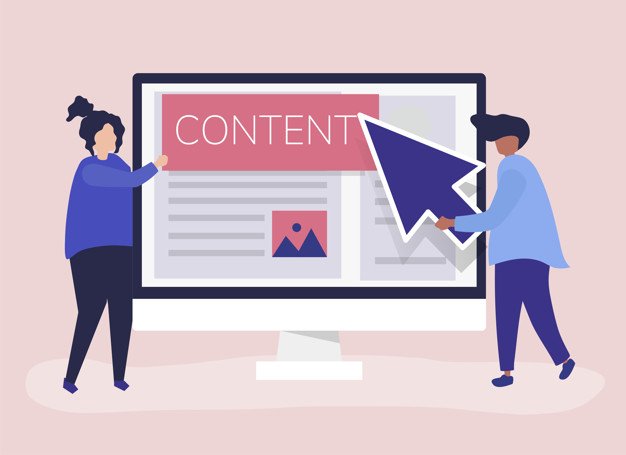How effective is your business marketing strategy? Have you been successful in staying abreast with the latest marketing trends? Have you been implementing effective strategies for measuring your success? If the answers to the above questions are no, do not lose heart. You are certainly not alone on this count. Several small businesses and SMEs do not even bother to find out if at all their business marketing tactics are working successfully. Here we would be examining some of the latest business marketing trends that are dominating the scenario today. You are advised to follow these strategies for gaining incredible business success.
Tune Your Market Strategy :
A small segment of business owners is aware when their market strategies are tanking. This could happen due to lack of planning, poor planning, haphazard attempts at success and no foresight. Successful digital marketers know that a large portion of their budget must go into content marketing on blogs, social media, and emails and so on. Good content must be created and promoted so that the business is noticed and can take off.
Plan, Plan, Plan
Less than 40% of businesses have effective content marketing strategies in place. Some fail due to poor quality content, others because they don’t target their audience properly. A good marketer always tracks activity through each stage of the funnel and ensure that the strategy is fine-tuned when things go wrong.
Tracking & Measuring :
How to gain marketing success digitally for your SMEs could still seem to be a mystery for many of you. A huge percentage of small business entrepreneurs, as much as 46 percent to be precise, actually do not have any idea if the marketing strategies for their businesses are effectively working or not.
Thanks to the present cutting-edge technologies, you are in a position to keep on tracking all your marketing returns, expenses, and debt. For example, you could today find out exactly how much it would be costing your business for acquiring a new customer. You must consider all dollars diverted toward various areas of marketing including social media, website, blog writing, trade shows, direct mail, paid social, etc. you must consider factoring in all you have already spent on all these important marketing elements and then divide the amount by the number of new clients you acquire every month. Moreover, you must find out from exactly which marketing channel you are able to get new clients and more inquiries. It is imperative to consistently track ROI.
Social Media Marketing Is Currently the Rage :
As per a recent study, it has been predicted that 2018 is surely going to be the year of intense social media promotion and marketing. Among the SMEs, an impressive 71 percent is expected to gain new clients by using social media platforms effectively for marketing their brands. This present marketing trend must be given a lot of importance and most entrepreneurs are appreciating and understanding the effectiveness of social media marketing. Social media is certainly one of the hottest business marketing trends.
Facebook is obviously the prime choice for small businesses as 79% of entrepreneurs would be using Facebook in all their marketing endeavors. Will your business be benefitted if you incorporate the social media marketing plans into your business strategy?
According to some Facebook exponents, Facebook success is all about going mobile. If you wish to maximize the impact of Facebook in the marketing and promotion of your business, you must dedicate all your efforts at generating and delivering everything mobile-friendly.
Virtual Reality Is Common :
Virtual reality is gaining importance by the day and is, therefore, becoming a common marketing tool for both small and big brands. The actual challenge would be to utilize Virtual Reality or VR in such an effective way that it really makes sense for both your target audience and brand messaging in general. VR marketing actually is an emerging trend and now is the right time for exploring the options that are available to you and getting well ahead of the competition.
More Dependence on Interactive Content :
Several brands, particularly in the B2B sector are relying heavily on PDF content or blog content for generating leads as an integral part of content marketing tactics for their organizations. 2018 is going to be the year of interactive web experiences which ultimately help in boosting engagement. These experiences would be demonstrating amazing thought leadership content definitely in more impressive, visual, and animated ways.
Pinterest :
Pinterest is actually regarded as a niche social networking site. However, it is forecasted to be a huge success. The best way of grabbing marketing attention is by utilizing Pinterest Lens and its versatility and functionality for engaging effectively with consumers and showcasing your mind-blowing style, products, and services.
Artificial Intelligence :
Early exponents of AI or Artificial Intelligence have categorically realized the efficacy of AI in boosting user engagement. However, incorporating AI into any site’s chatbox such as the Facebook messenger could be creating more creativity and it also helps you to understand clearly the target market of the brand. Artificial intelligence would be addressing consumer needs and issues with perfection and the same degree of efficacy as a human agent. Remember it would be quite effective and helpful if the artificial intelligence experience absolutely delights your customers in basically lighthearted and fun ways.
Conclusion :
This year marketing trends have focused on honesty and authenticity. The latest marketing trend is to focus on stark reality or brutal honesty and this marketing trend is winning a lot of acclaim and appreciation. Marketers could discuss their products and explain clearly how advantageous those products or services are. They must, at the same time, tell their target audience the scope for improvement and the flaws that may still exist. All these statements could be supported by truly objective customer reviews. Authenticity for brands is the hottest marketing trend today. Around 86 percent of the customers feel authenticity is of utmost importance while deciding and evaluating the brands. Around 60 percent of consumers believe that user-generated content is the best form of authentic content.
Read Also :


























